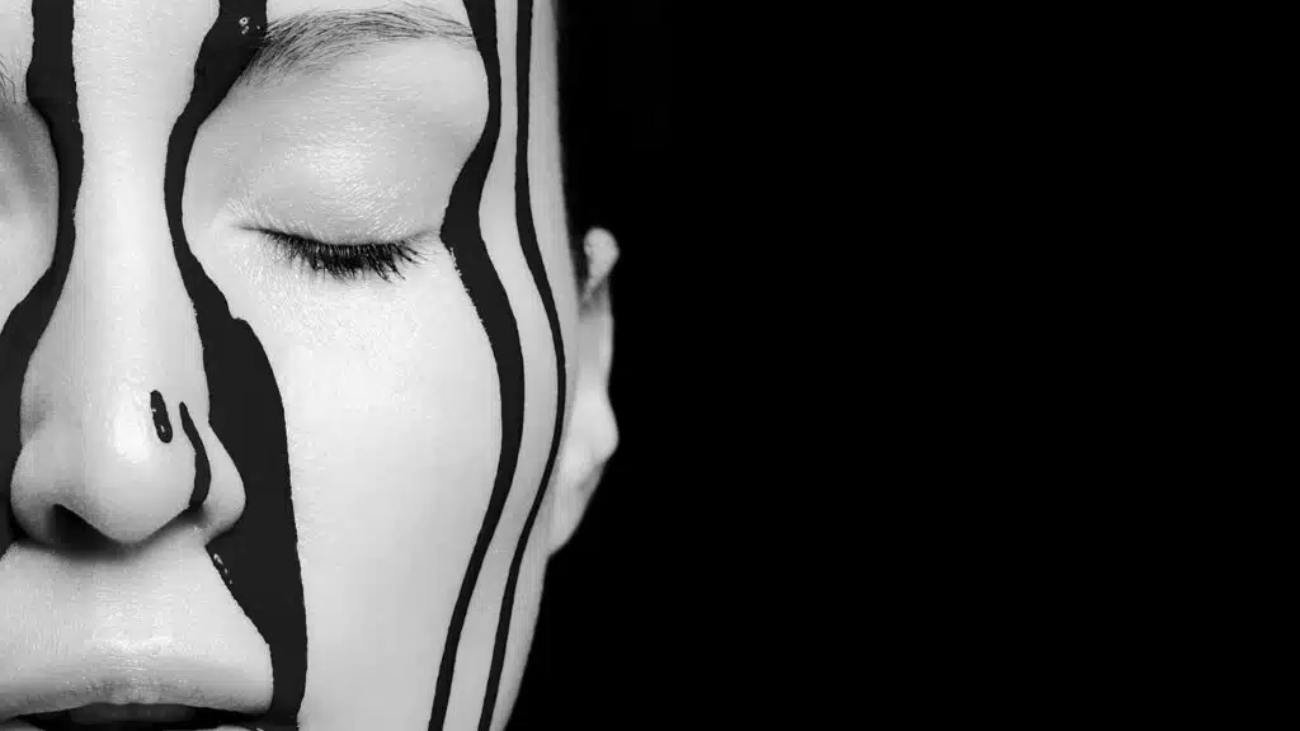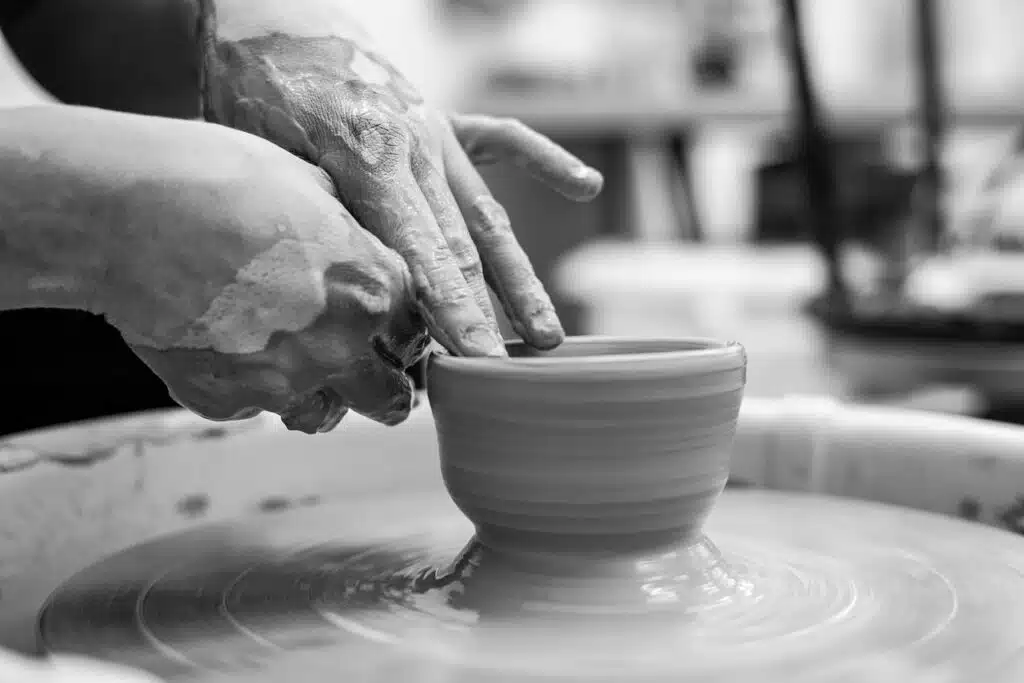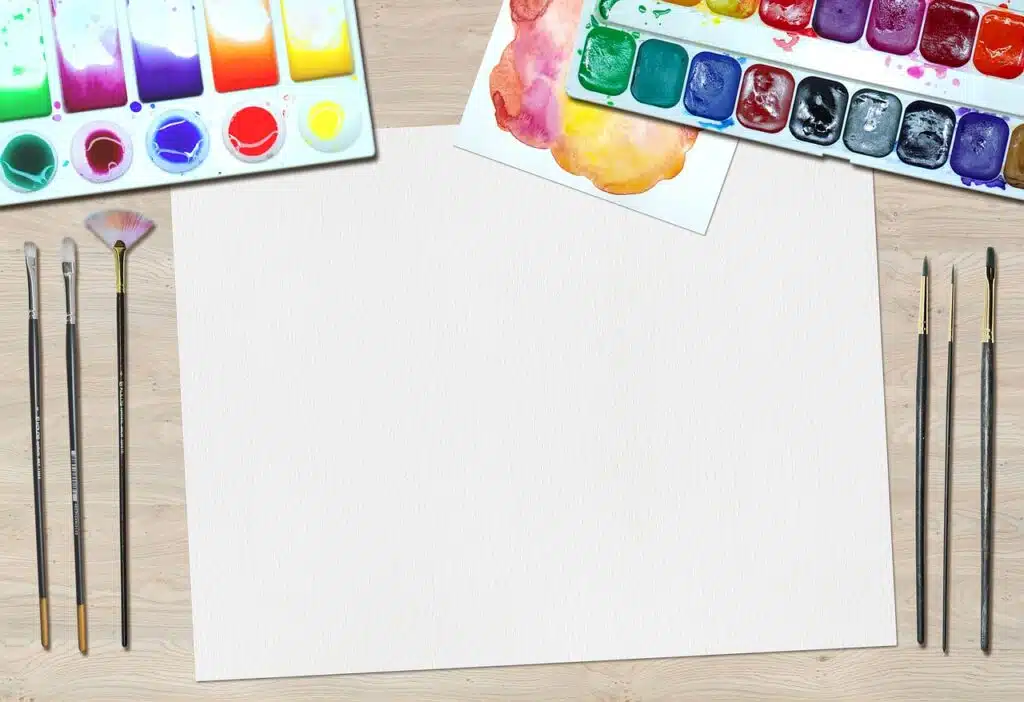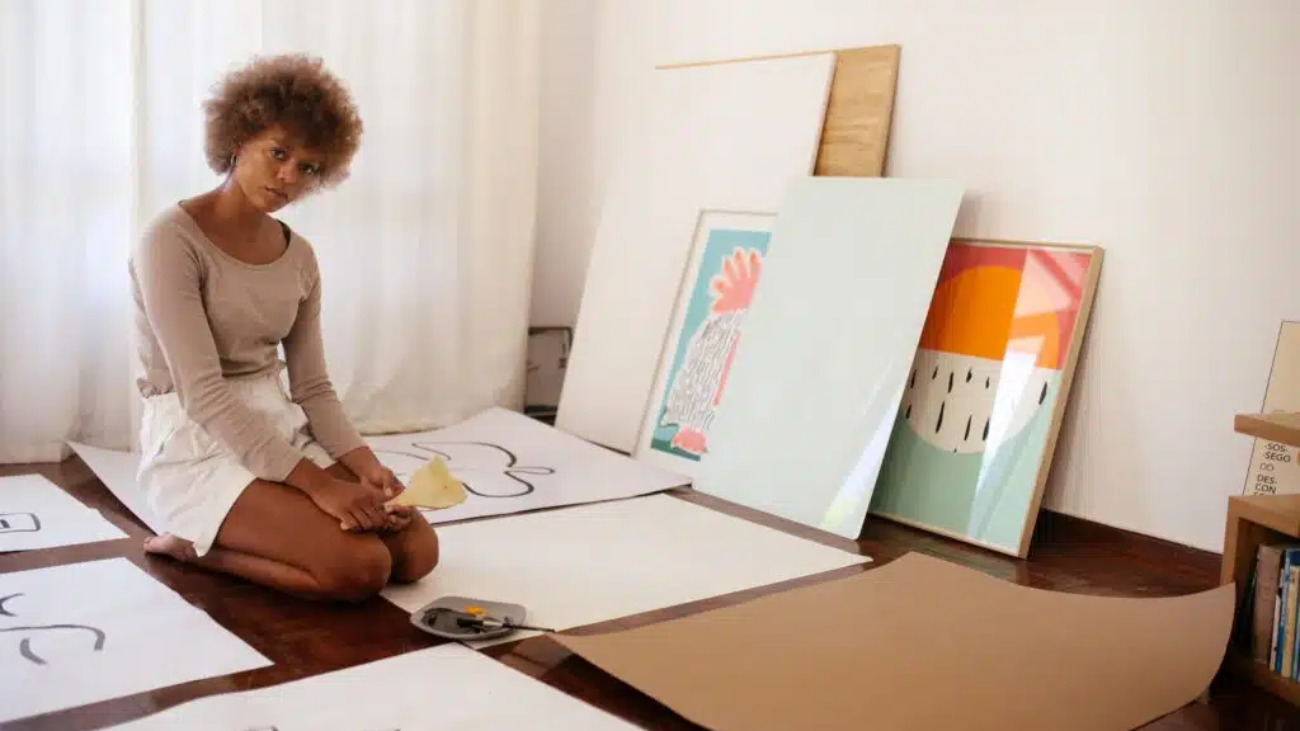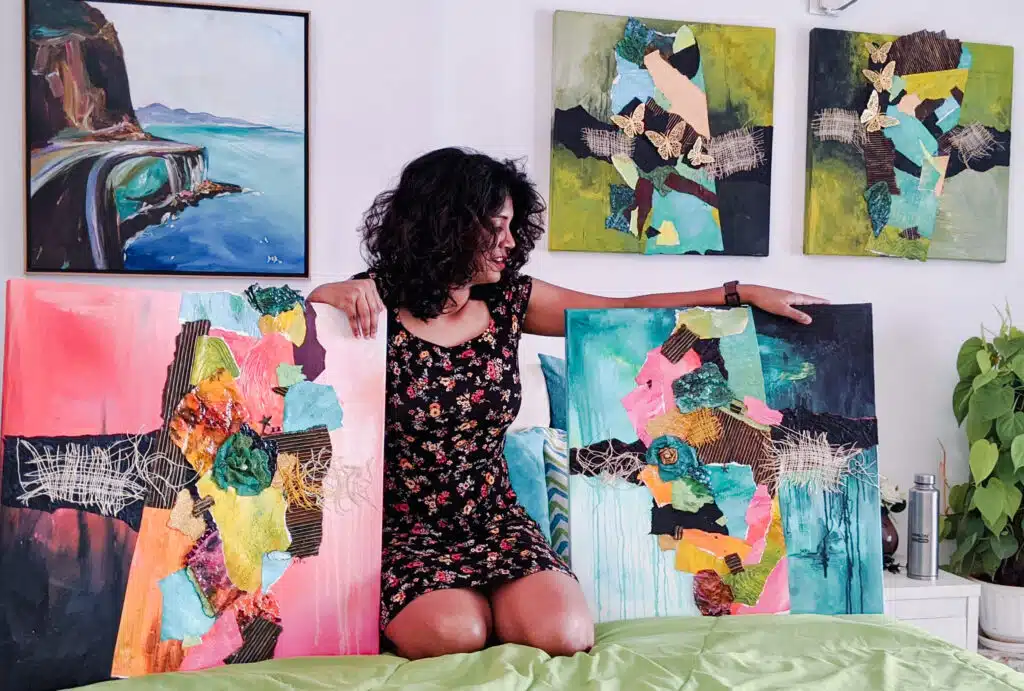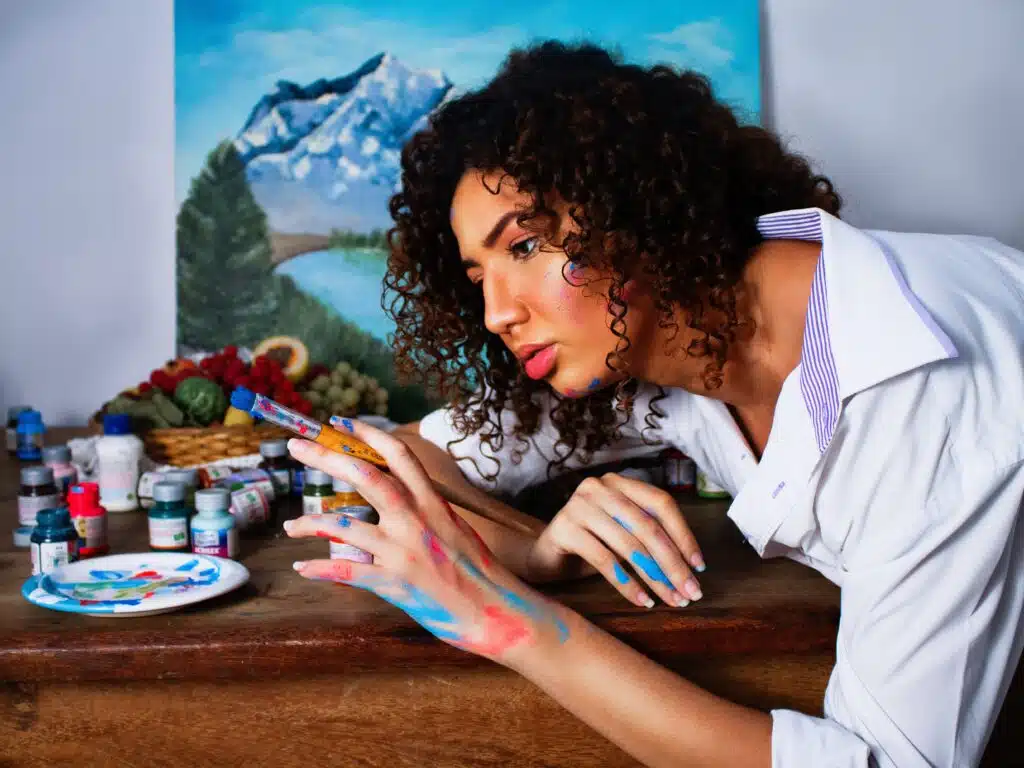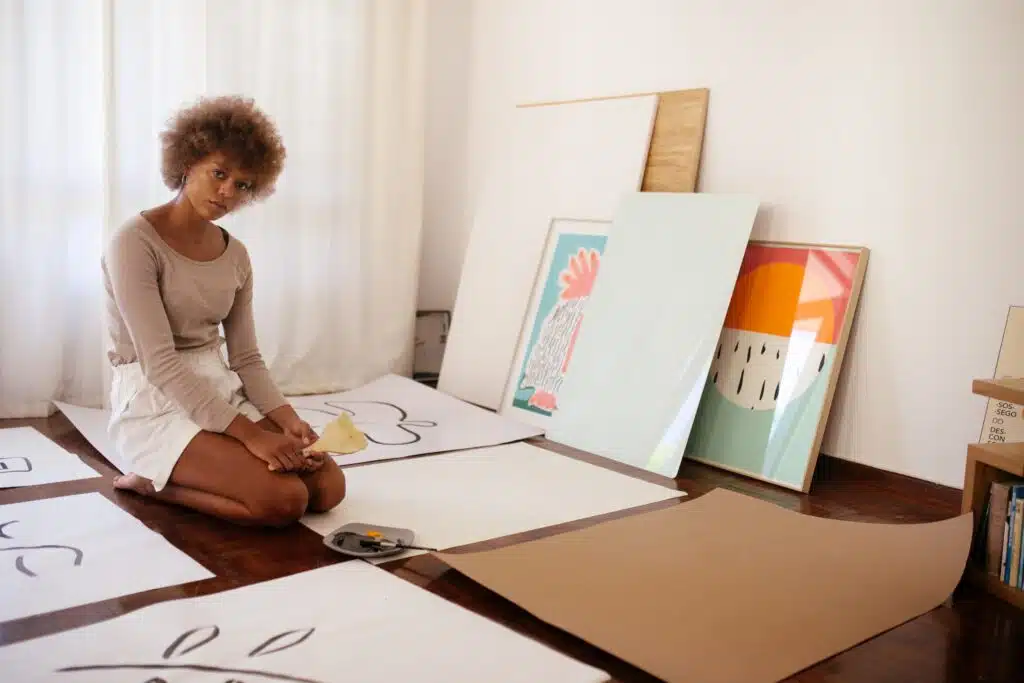Inspiration is the ethereal force that ignites the creative flame within artists, propelling them to embark on transformative artistic journeys.
For painters, understanding the origins of inspiration and learning how to harness its power is essential in the quest to create meaningful and evocative artworks.
Whether you are an aspiring artist seeking to unlock your creative potential or an established painter looking to invigorate your artistic process, this guide will provide valuable insights and practical tips to enhance your artistic journey.
1. Nature’s Infinite Canvas
Nature has long been a profound source of inspiration for painters throughout history.
The grandeur of mountains, the tranquility of forests, the dance of sunlight on water—all these natural wonders have captivated artists’ hearts and sparked their creative visions.
By immersing themselves in nature’s boundless beauty, painters tap into a rich reservoir of inspiration, drawing upon the intricate patterns, vibrant colors, and captivating textures that abound.
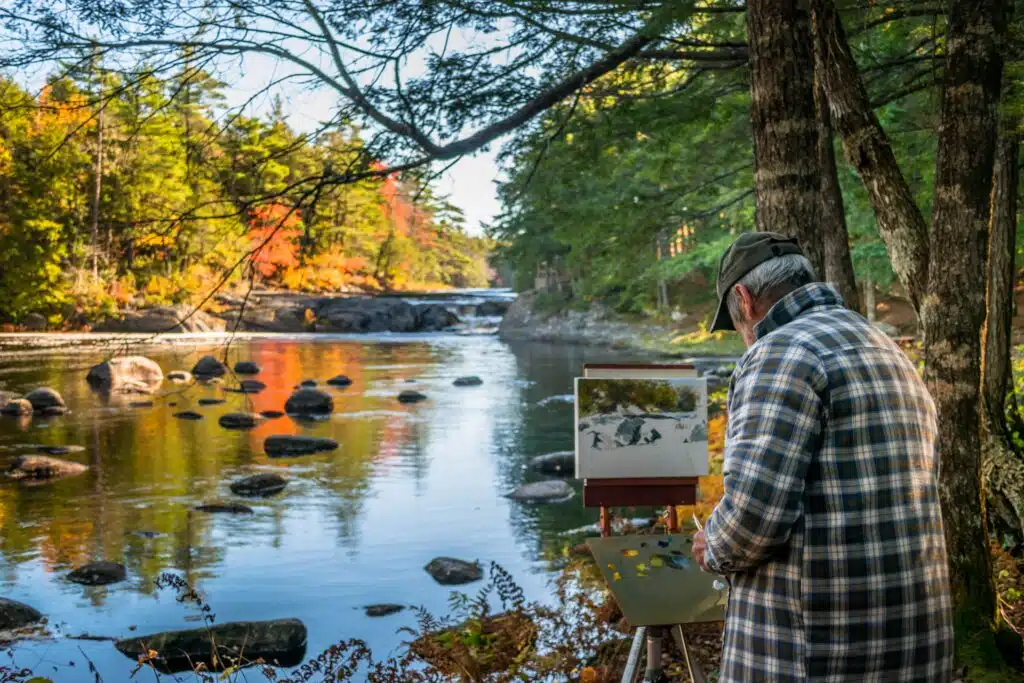
2. The Tapestry of Human Experience
The human experience is a tapestry of emotions, stories, and connections, providing a deep wellspring of inspiration for painting.
From joy to sorrow, love to longing, artists find inspiration in the kaleidoscope of human emotions. They capture the essence of these emotions on their canvases, creating visual narratives that resonate with viewers on a profound level.
By delving into their own experiences and empathizing with the experiences of others, painters infuse their art with authenticity and universal significance.
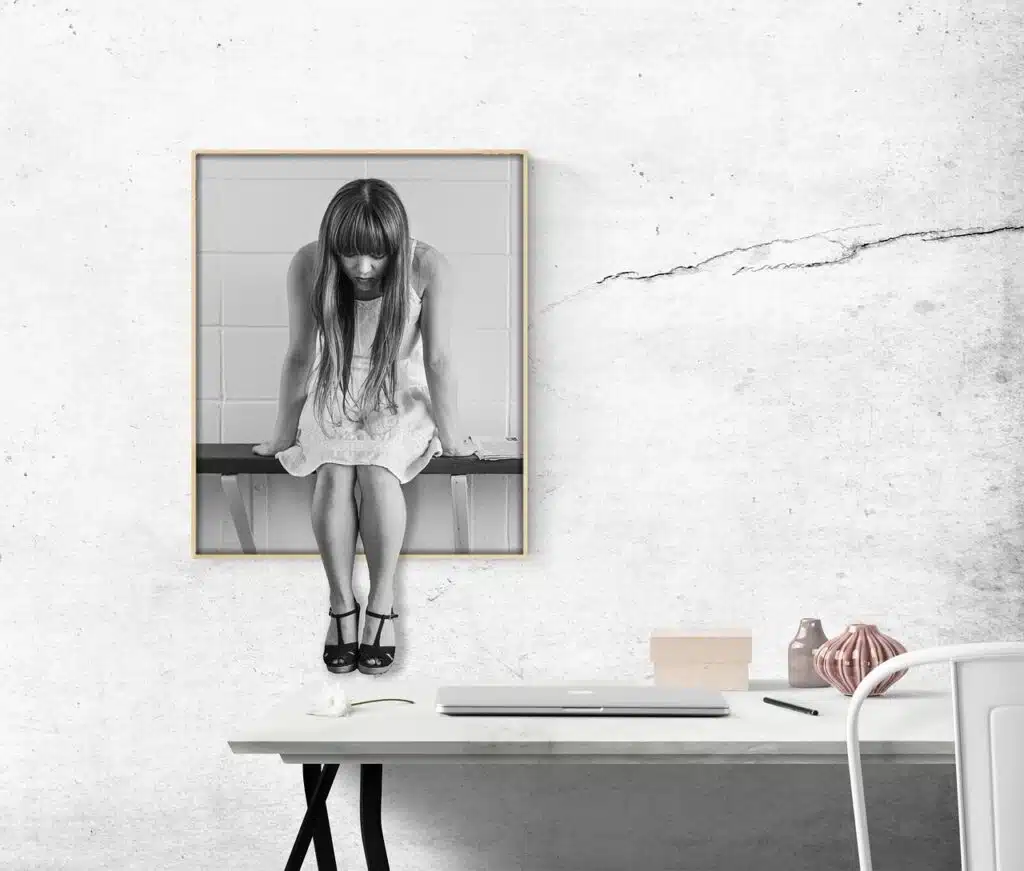
3. The Power of Imagination
The realm of imagination is a fertile ground where painting inspiration blossoms.
Artists harness the power of their minds to conjure ethereal worlds, whimsical characters, and fantastical scenes.
From dreams and fantasies to surreal landscapes, the limitless boundaries of imagination unlock a realm of infinite possibilities.
By tapping into their imaginative depths, painters translate abstract ideas into tangible forms, breathing life into their creations.
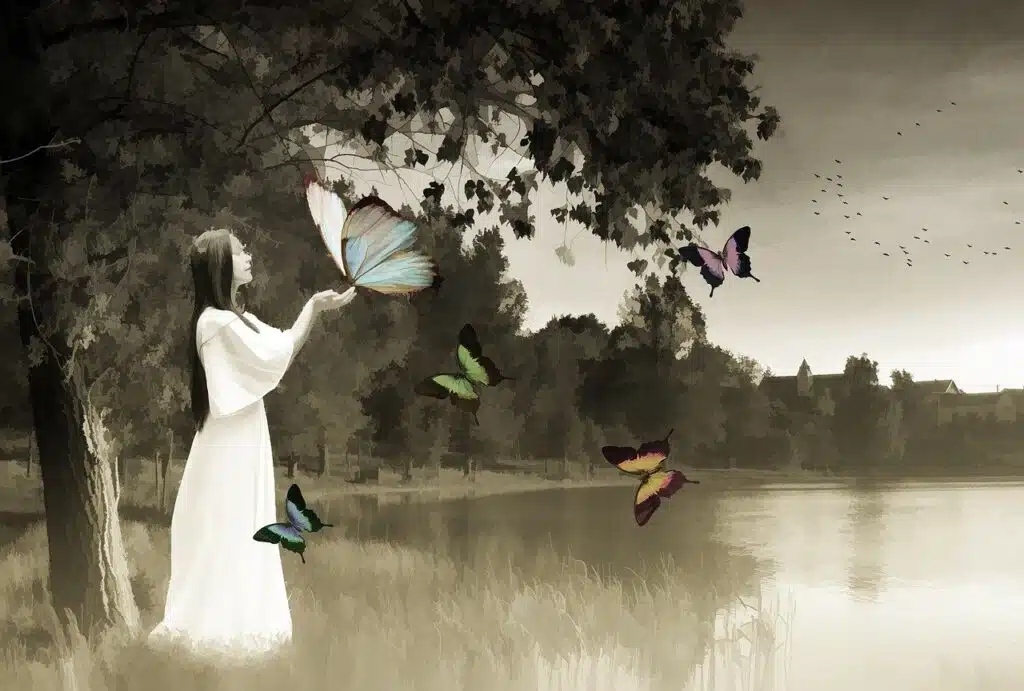
4. Visual Stimuli and Observation
The world is a visual feast, brimming with stimuli that spark painting inspiration.
Artists train their eyes to observe the world with heightened awareness, capturing the interplay of light and shadow, the subtle nuances of color, and the intricate details that often go unnoticed.
By cultivating a keen sense of observation, painters unlock new perspectives and uncover hidden beauty in the simplest of subjects.
Through careful study and attentive observation, they infuse their artworks with a sense of realism and depth.
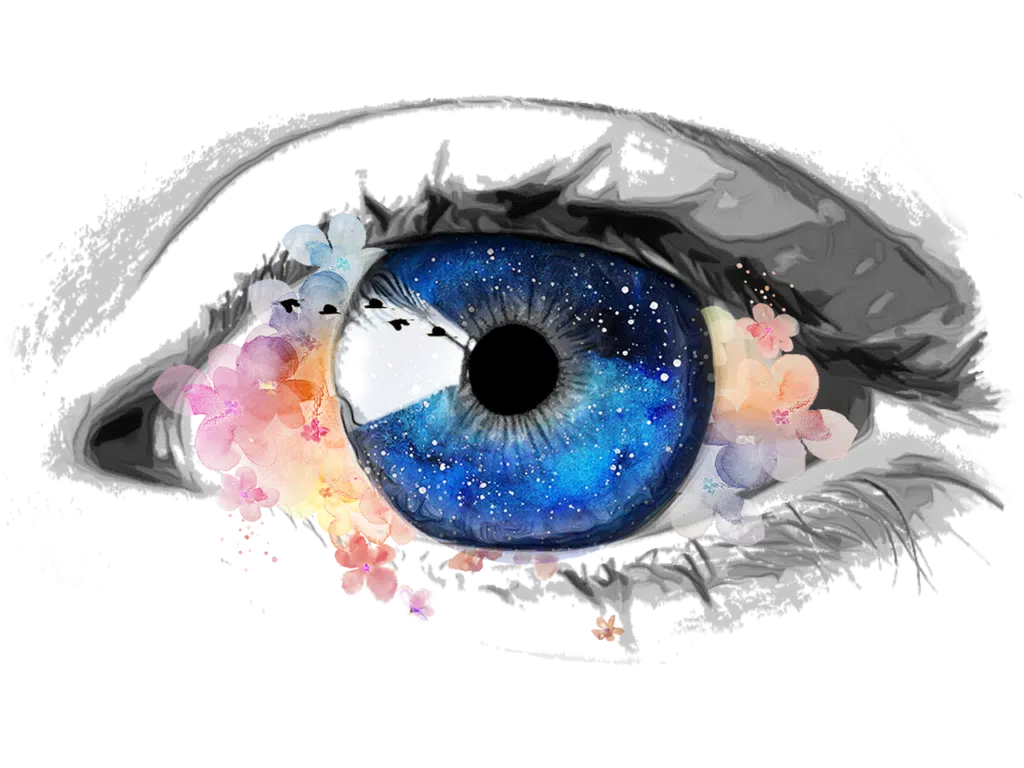
5. Artistic Dialogue and Exploration
Artistic exploration and engagement with other artists are essential catalysts for painting inspiration.
By studying the works of masters and contemporary artists, painters broaden their artistic horizons, discover new techniques, and challenge their own creative boundaries.
Visiting galleries, museums, and exhibitions exposes artists to a diverse range of styles, subjects, and interpretations, fostering a dynamic dialogue that nourishes their own artistic growth.
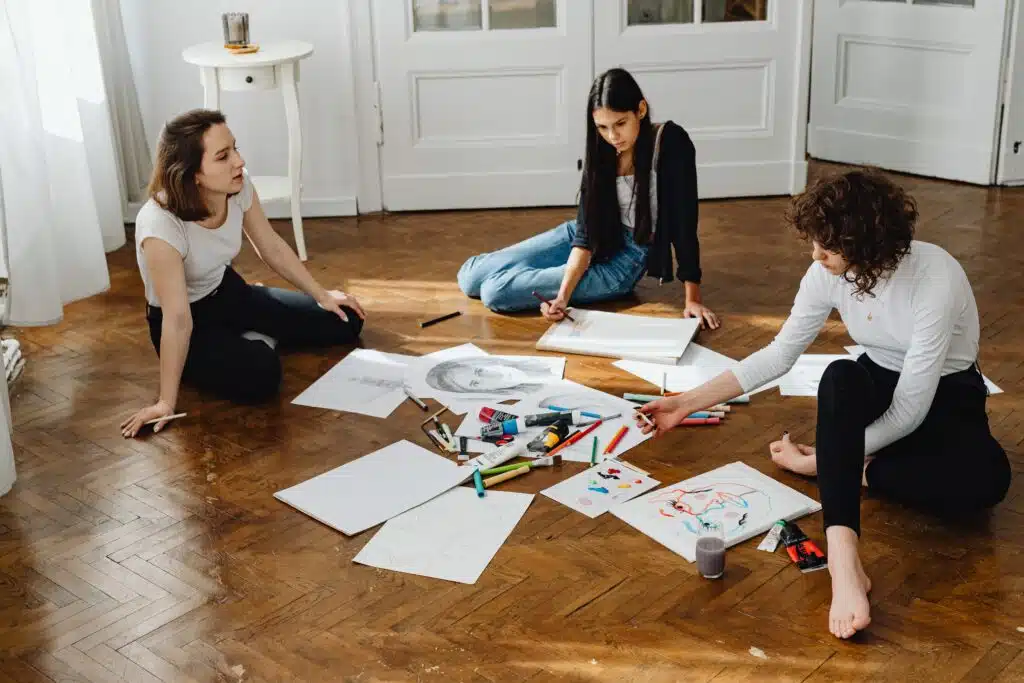
6. Embracing Personal Expression
Painting inspiration often emerges from the depths of an artist’s own being.
By embracing personal expression, artists tap into their unique perspectives, thoughts, and emotions.
They draw inspiration from their own narratives, memories, and introspection, allowing their authentic selves to shine through their art.
By infusing their work with personal meaning, painters create a profound connection between their artwork and the viewers, inviting them into their creative journey.

7. Seeking Serendipity and Chance
In the world of painting, inspiration can often emerge unexpectedly through serendipitous encounters and chance discoveries.
The unplanned brushstrokes, the accidental spills, and the spontaneous creative choices can lead to unforeseen artistic breakthroughs.
By embracing the unpredictability of the artistic process and remaining open to unexpected possibilities, painters create space for inspiration to flourish in its most delightful and surprising forms.
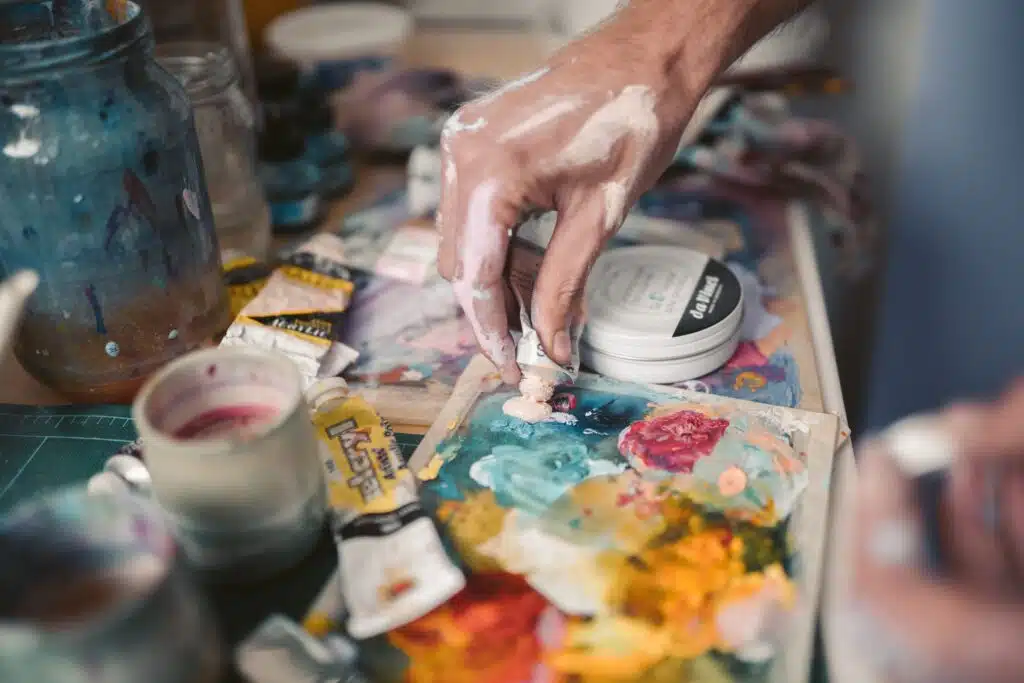
8. Trusting the Intuition
Intuition plays a crucial role in the artistic process.
Listening to our instincts and trusting our artistic intuition allows us to create authentically.
Intuition guides our decision-making, helping us choose colors, compositions, and brushstrokes that resonate with our artistic vision.
It encourages us to follow our creative impulses, even when they deviate from conventional norms. Trusting our intuition empowers us to create with confidence and authenticity.
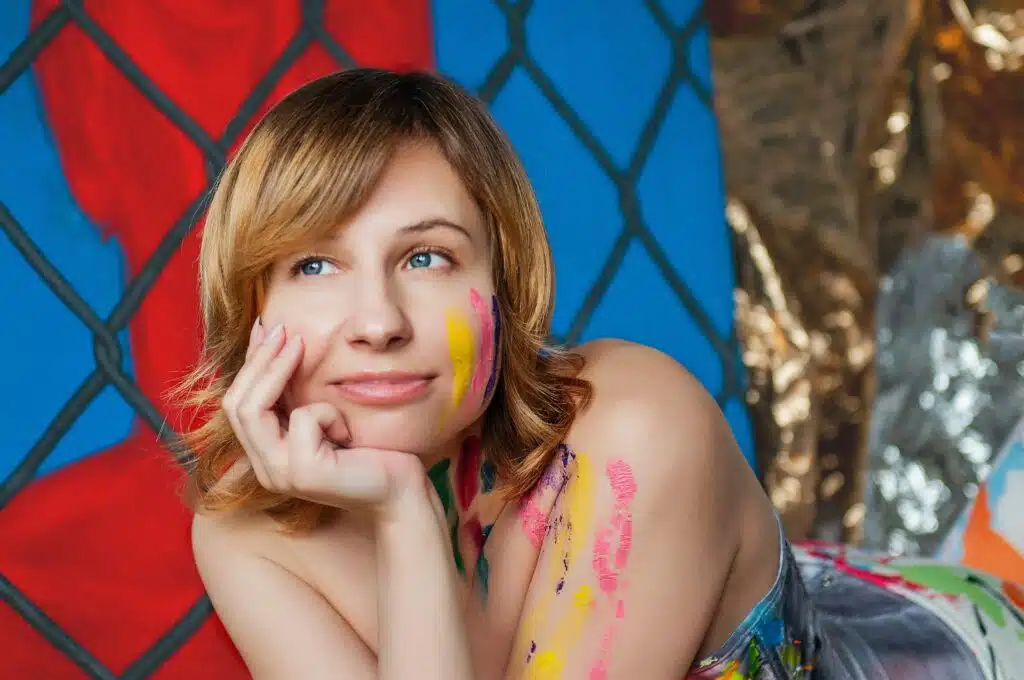
9. Keeping a Visual Journal
A visual journal, such as a sketchbook or diary, serves as a valuable tool for capturing and preserving inspiration.
By recording fleeting ideas, sketches, and observations, we create a visual archive of inspiration that we can revisit and draw upon later.
This practice helps us stay connected to our creative flow and provides a wellspring of ideas for future paintings.
It also serves as a personal reflection of our artistic journey, showcasing the evolution of our thoughts and techniques over time.
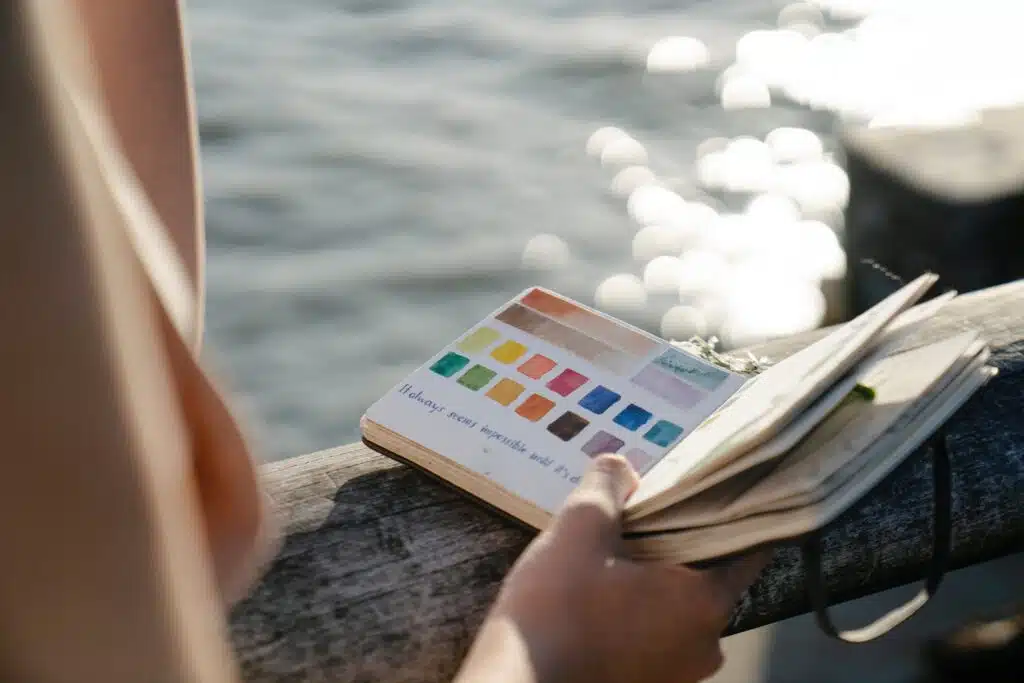
10. Cultural Heritage and History
Culture and history provide a vast tapestry of inspiration for painters.
Exploring one’s own cultural heritage or delving into the stories of the past can ignite artistic visions.
Artists can draw inspiration from traditional art forms, historical events, folklore, or the customs and rituals of different societies.
By honoring and celebrating cultural diversity, painters infuse their artworks with deeper layers of meaning, connecting past and present in a visual narrative that resonates with viewers.

11. Dreams and the Subconscious
The realm of dreams and the subconscious mind is a fertile ground for painting inspiration.
Dreams can be a wellspring of imaginative imagery, abstract symbolism, and surreal landscapes.
Artists often find inspiration in the enigmatic and fantastical elements that arise in their dreams.
By exploring the subconscious through journaling, meditation, or dream analysis, painters can access a realm of inspiration that defies logical boundaries and gives rise to unique and thought-provoking artworks.

12. Collaboration and Dialogue
Collaboration and dialogue with other artists, whether through formal partnerships or informal exchanges, can spark new inspiration.
Engaging in artistic conversations, workshops, or joint projects allows artists to share ideas, techniques, and perspectives.
Collaboration can lead to a merging of artistic styles and the exploration of new creative territories.
Through the collective energy of shared creativity, painters can expand their artistic horizons and discover fresh sources of inspiration.
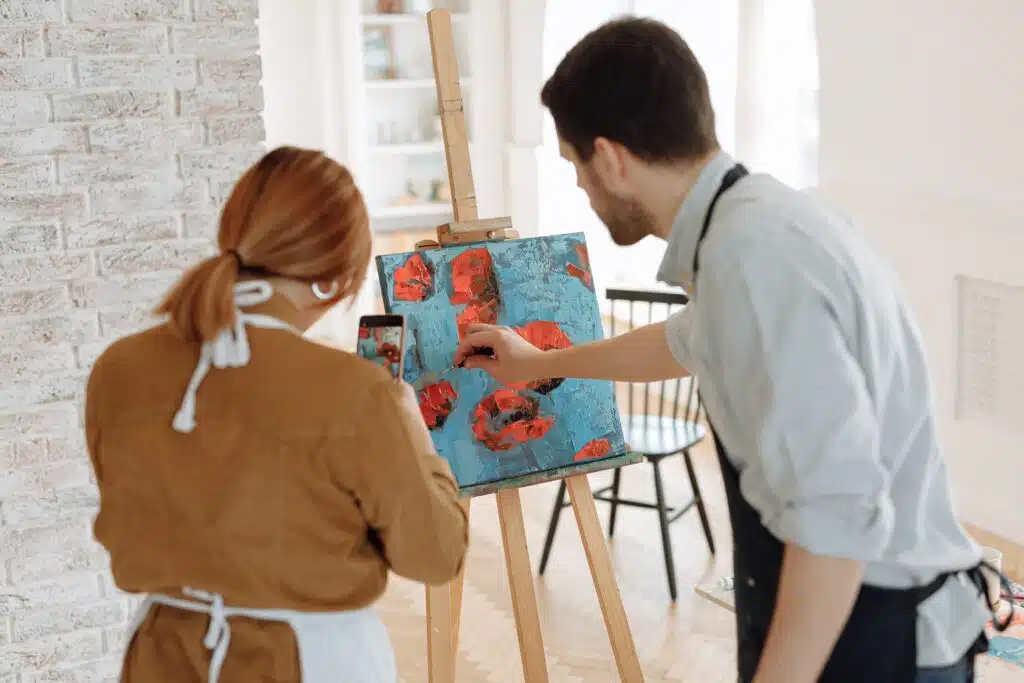

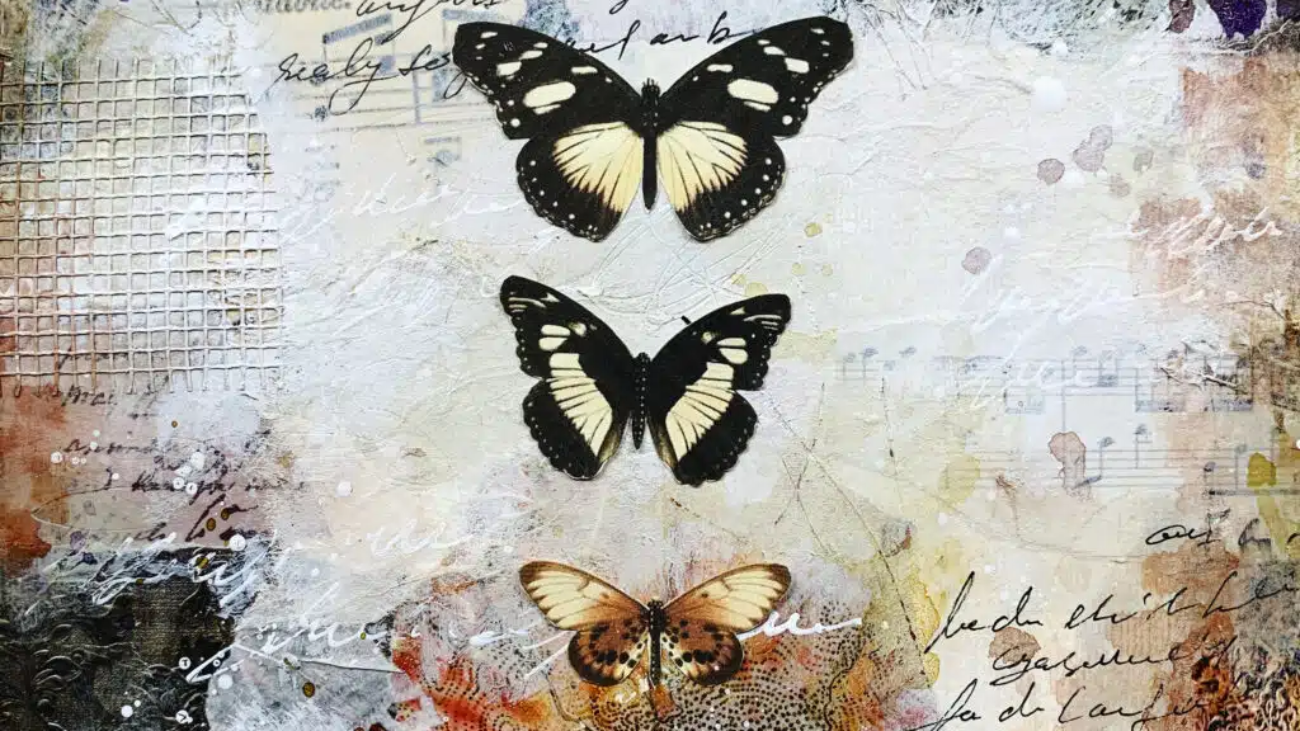
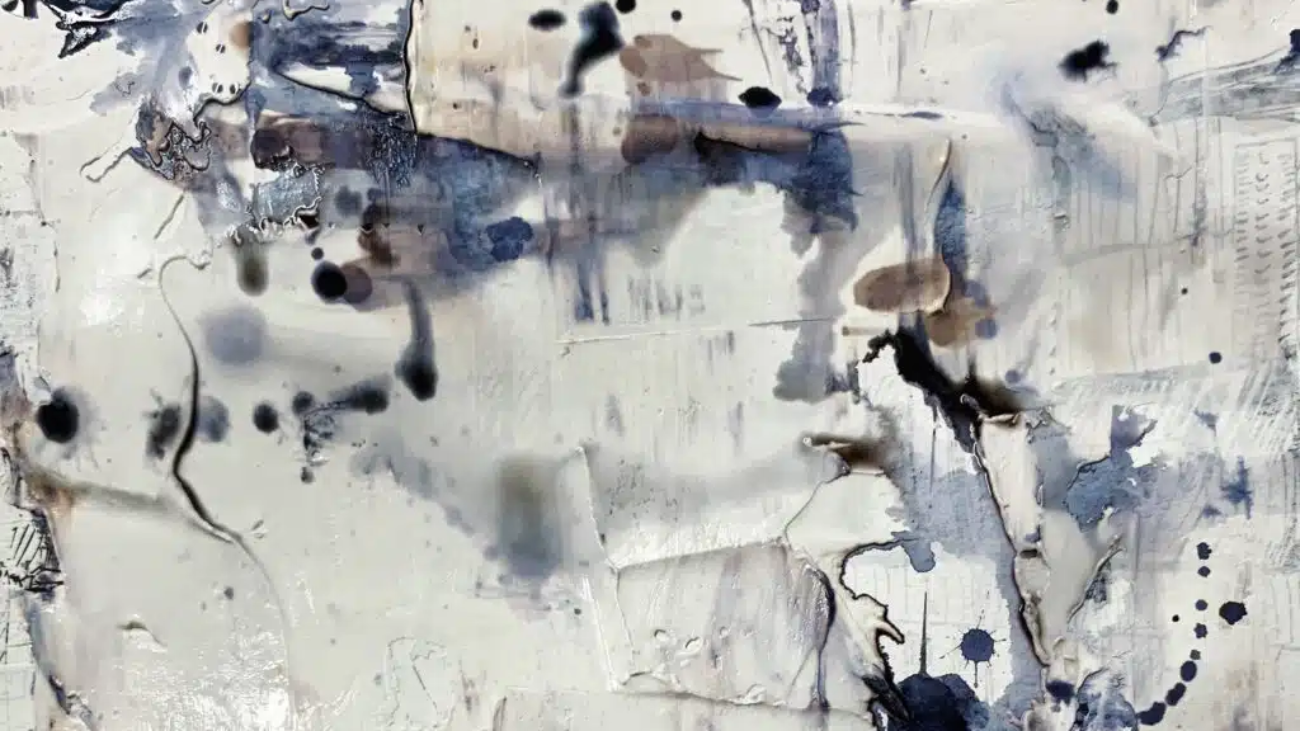
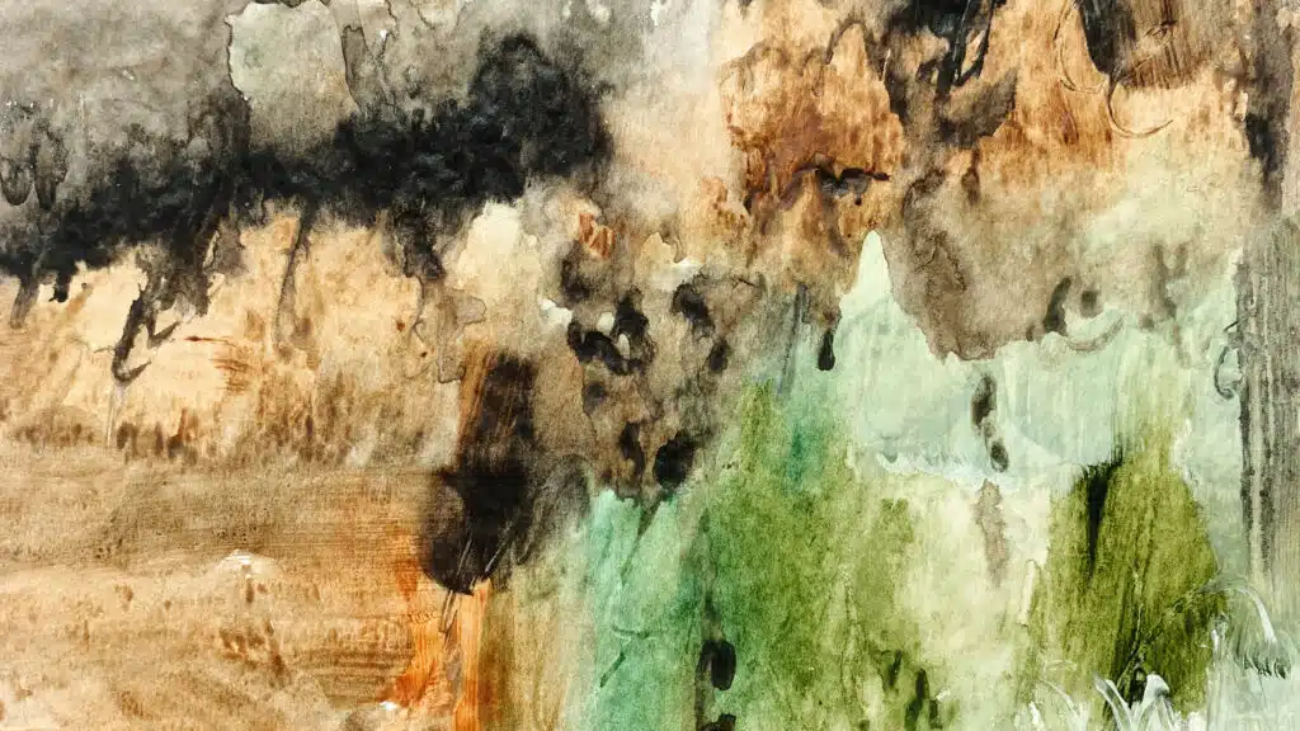
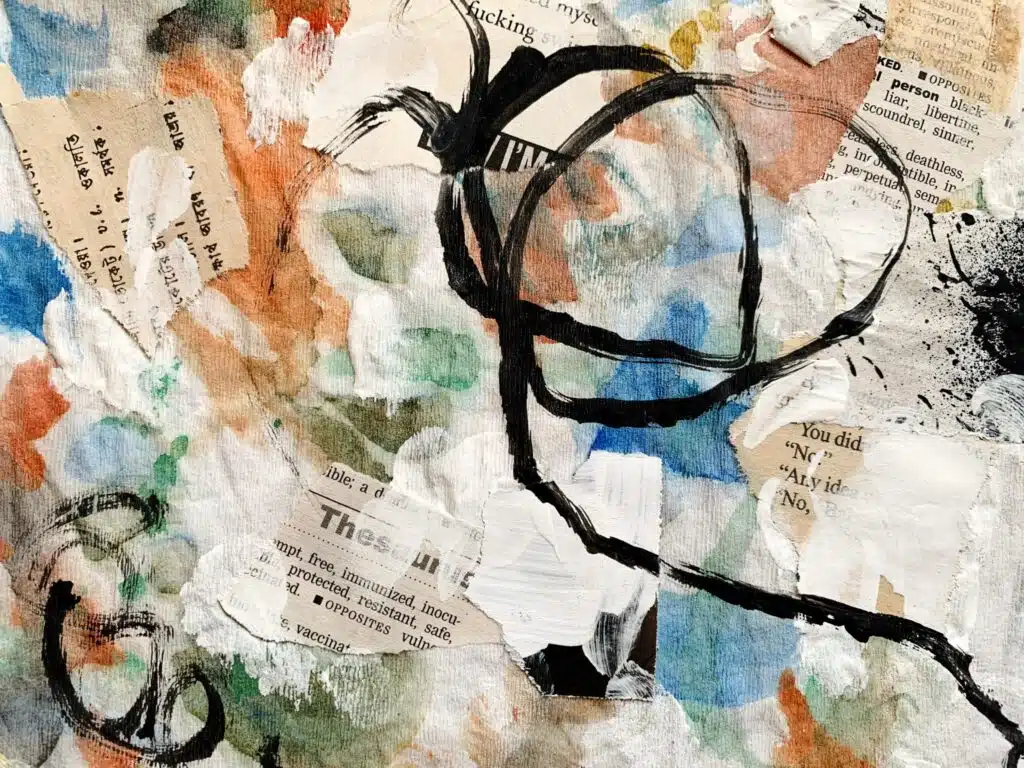



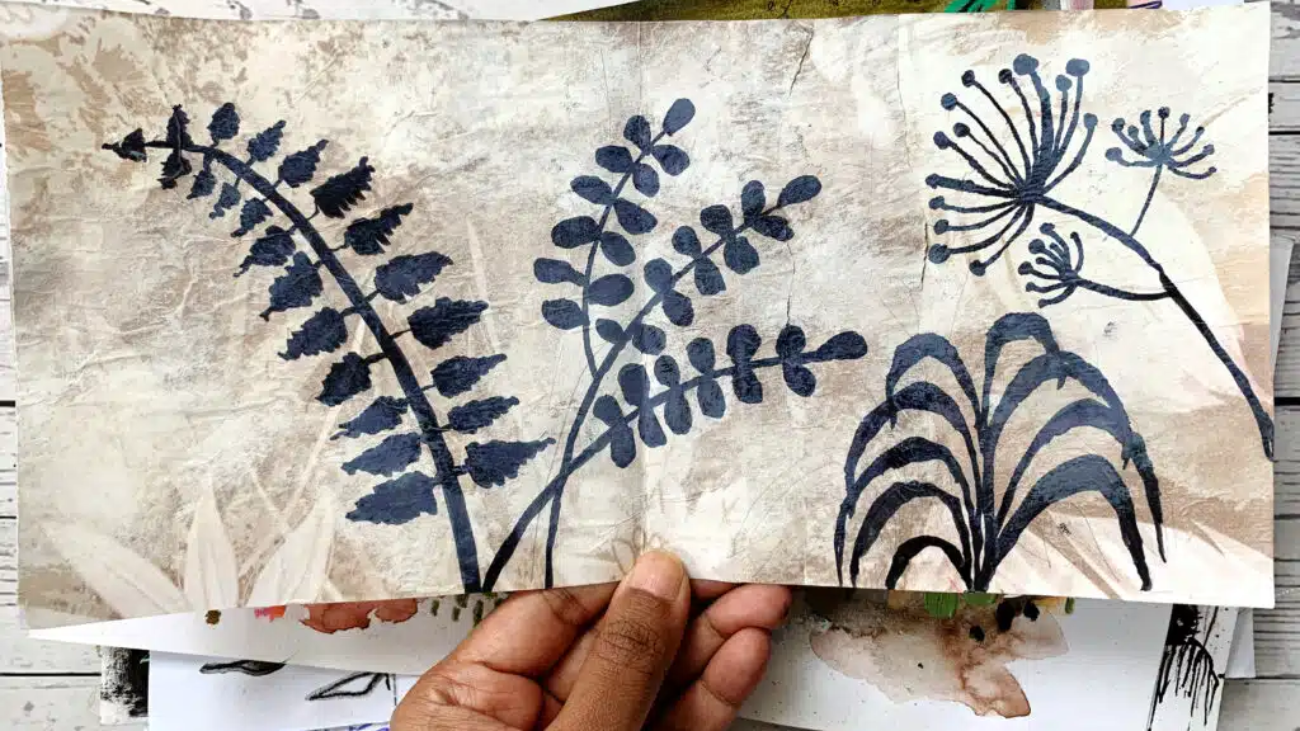

 3. Your Art Journal: A Safe Space to Practice Intuition
3. Your Art Journal: A Safe Space to Practice Intuition
 4. Why You Don’t Need to “Make the Right Decision”
4. Why You Don’t Need to “Make the Right Decision”
 5. Strengthening the Intuition Muscle
5. Strengthening the Intuition Muscle You speak up instead of hesitating.
You speak up instead of hesitating.
 6. From Page to Life: Everyday Changes You Might Notice
6. From Page to Life: Everyday Changes You Might Notice
 7. How to Practice First-Thought Trusting in Your Journal
7. How to Practice First-Thought Trusting in Your Journal
 8. Final Reflection: This Is the Real Work
8. Final Reflection: This Is the Real Work
